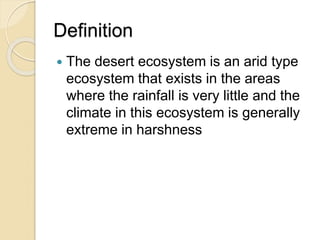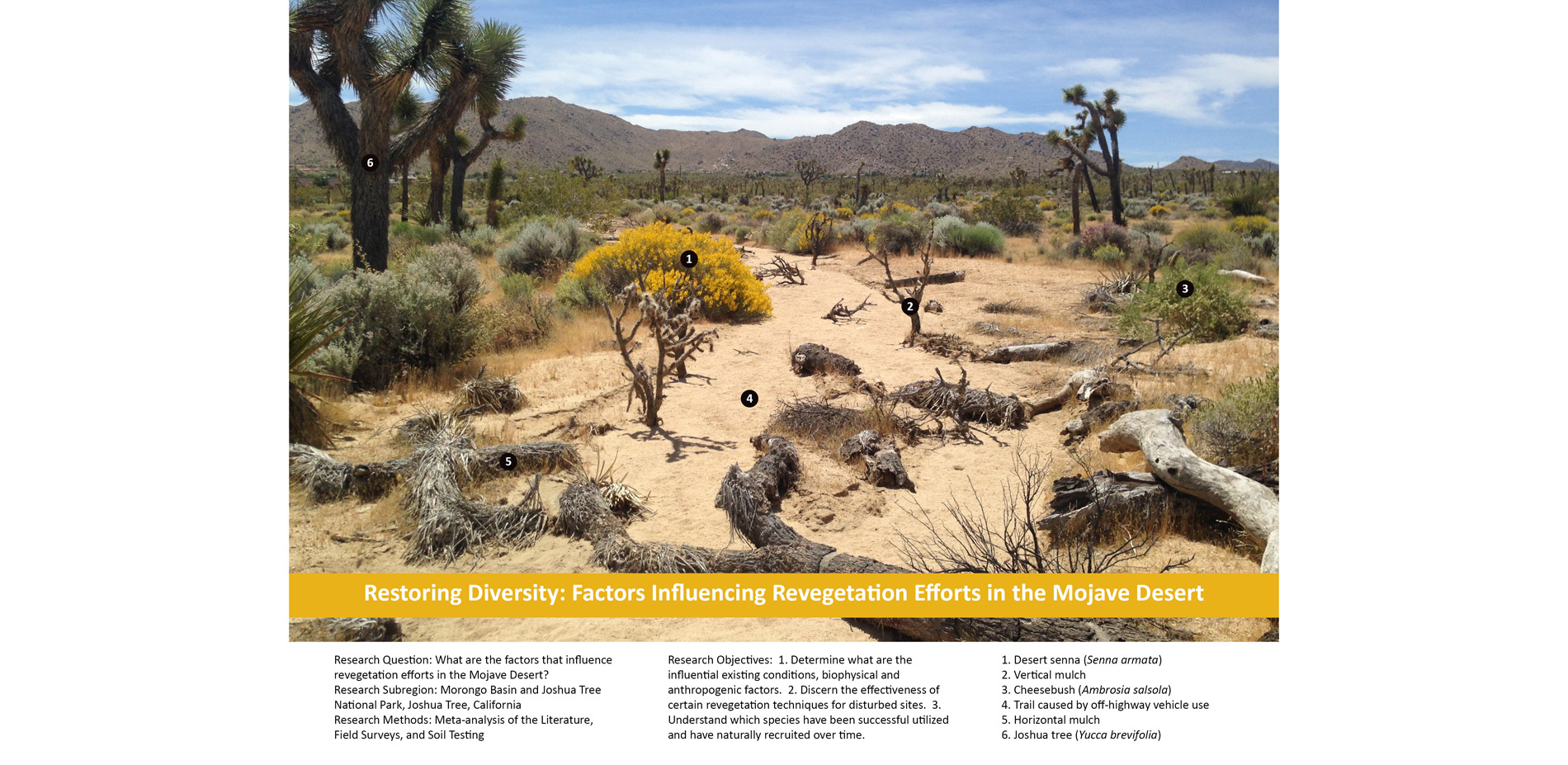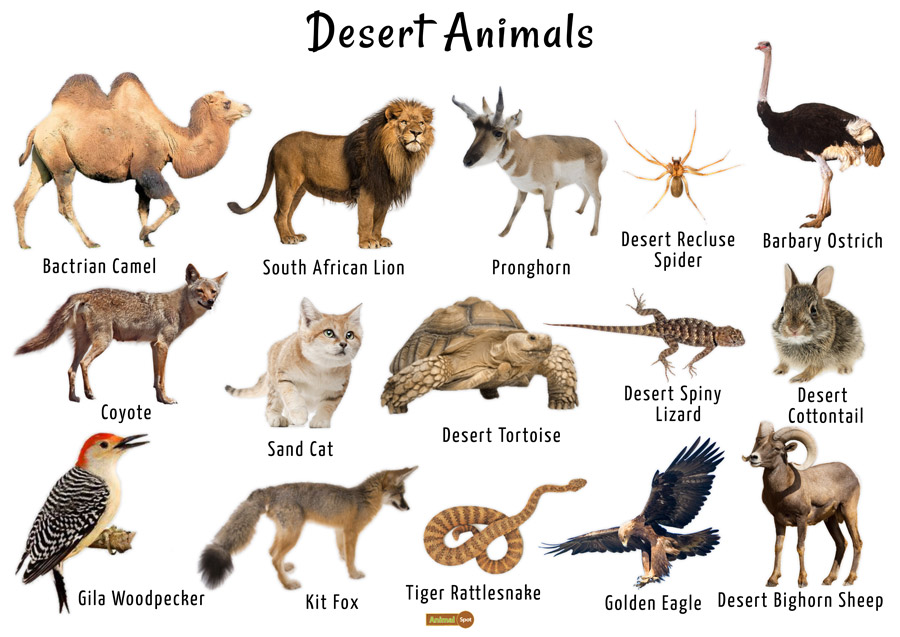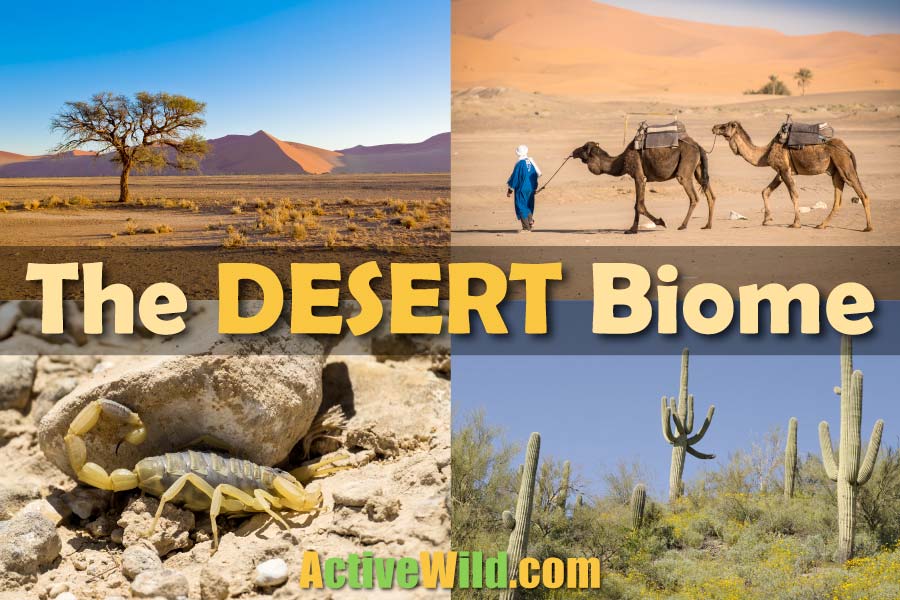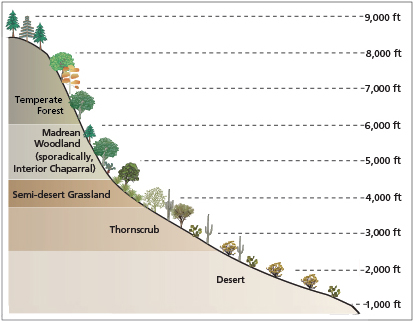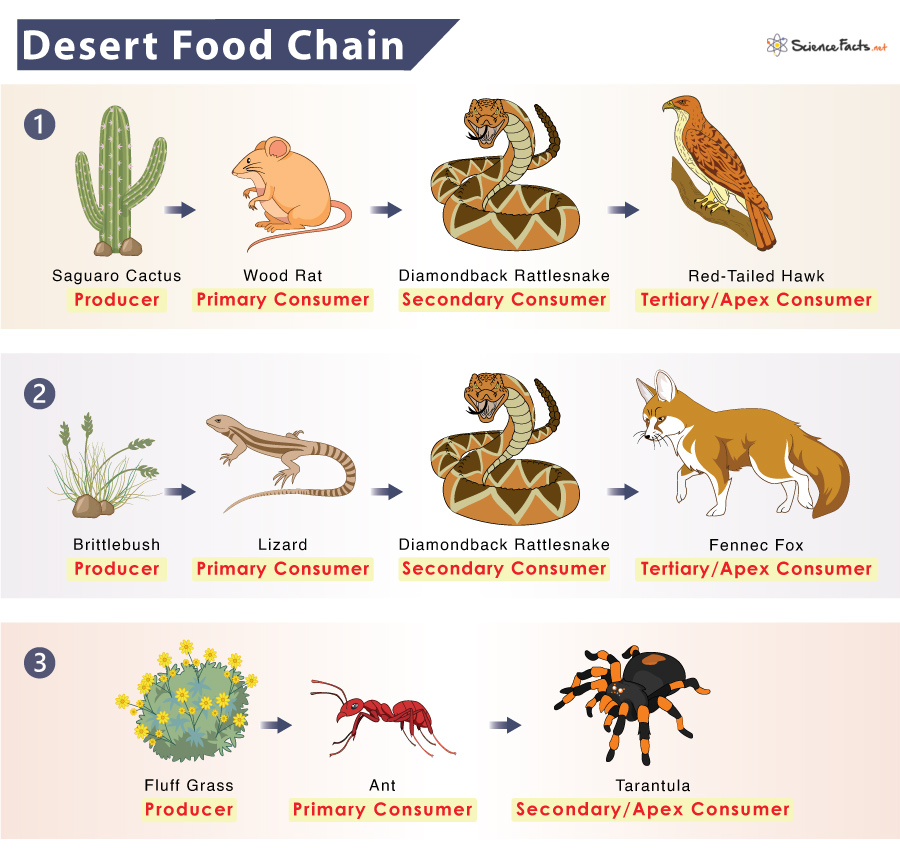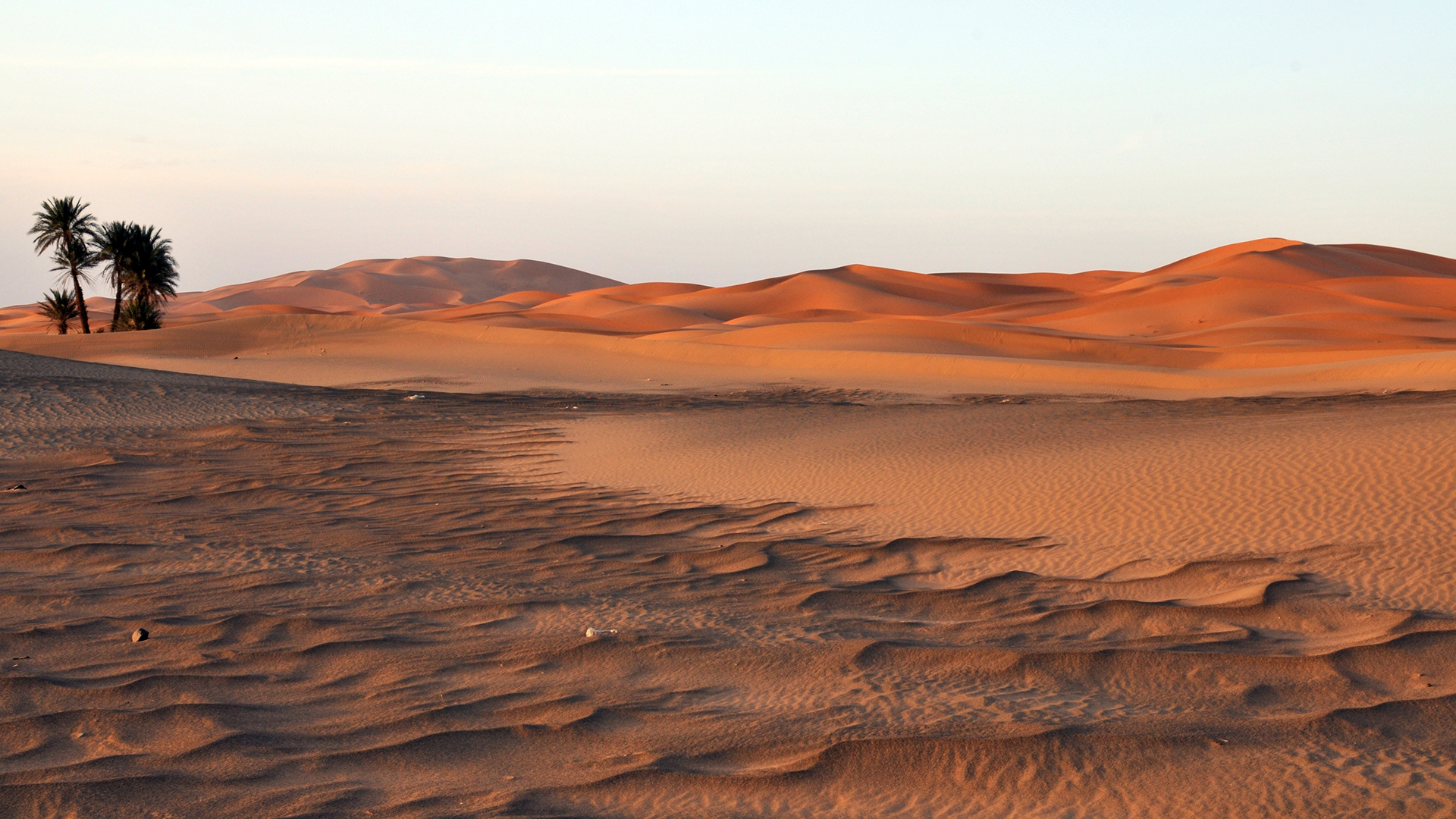Topic definition of ecosystem in biology: Explore the fascinating world of ecosystems in biology, where interconnected life thrives within unique environmental tapestries, shaping our planet"s biodiversity and health.
Table of Content
What is the definition of ecosystem in biology?
An ecosystem in biology refers to a complex network of interactions and relationships between living organisms and their environment. It involves the interactions between plants, animals, microorganisms, and their physical surroundings, such as soil, water, and climate.
Ecosystems can be categorized into different types, including terrestrial (land-based), marine (ocean-based), and aquatic (freshwater-based). These different habitats support a wide variety of species and contribute to the overall biodiversity of the planet.
Within an ecosystem, there are various components and processes that contribute to its functioning:
- Producers: These are typically plants or algae that can produce their own food through photosynthesis, converting sunlight, carbon dioxide, and water into energy-rich organic compounds.
- Consumers: These are organisms that obtain energy by feeding on other living organisms. They can be classified into different trophic levels, such as primary consumers (herbivores), secondary consumers (carnivores), and tertiary consumers (top predators).
- Decomposers: These organisms, such as bacteria and fungi, break down dead organic matter and recycle nutrients back into the ecosystem.
- Abiotic Factors: These are non-living components of the ecosystem, including temperature, humidity, sunlight, soil composition, and availability of resources. They play a crucial role in shaping the distribution and abundance of organisms within an ecosystem.
The various organisms within an ecosystem are interconnected through various ecological interactions, such as predation, competition, and symbiosis. These interactions determine the structure and dynamics of the ecosystem.
Understanding ecosystems is important in biology as they provide vital services, such as nutrient cycling, water purification, pollination, and climate regulation. Human activities, such as deforestation, pollution, and climate change, can disrupt ecosystems and have significant impacts on the species within them.
READ MORE:
What is an Ecosystem?
An ecosystem is a complex network of living organisms and the physical environment they inhabit, interacting as a system. This interconnected web includes plants, animals, microorganisms, water, soil, and the atmosphere, all working together to maintain balance and support life. Ecosystems can vary greatly in size, from a small pond to a large forest or an entire ocean.
- Biological Components: Living elements like plants, animals, and microorganisms.
- Physical Components: Non-living elements such as water, air, soil, and minerals.
- Interactions: The dynamic processes that occur between these components, including energy flow and nutrient cycling.
Ecosystems are characterized by their diversity, productivity, resilience, and the complex relationships that sustain them. Understanding ecosystems is crucial for conservation efforts and ensuring the health of our planet.

Components of an Ecosystem
Ecosystems consist of biotic (living) and abiotic (non-living) components that interact within an environmental system. These components are essential for the sustainability of ecosystems, supporting various life forms and processes.
- Biotic Components: These include all living organisms within the ecosystem, categorized into producers (autotrophs), consumers (heterotrophs), and decomposers (detritivores).
- Producers: Organisms that synthesize their own food from sunlight and inorganic materials (e.g., plants, algae).
- Consumers: Organisms that consume other organisms for energy (e.g., animals, humans).
- Decomposers: Organisms that break down dead organic matter, returning nutrients to the soil (e.g., fungi, bacteria).
- Abiotic Components: These encompass the non-living parts of an ecosystem that influence living organisms, including water, air, soil, sunlight, and minerals.
- Water: Essential for all forms of life, influencing ecosystems through precipitation, groundwater, and bodies of water.
- Air: Provides oxygen, carbon dioxide, and other gases vital for the survival of living organisms.
- Soil: Supports plant life and serves as a habitat for many organisms, containing nutrients necessary for growth.
- Sunlight: The primary energy source for photosynthesis, driving the energy flow in ecosystems.
- Minerals: Nutrients found in soil that are essential for the growth of plants and other organisms.
Together, these components create a dynamic and interconnected system that sustains life through energy flow and nutrient cycles.
Types of Ecosystems
Ecosystems are diverse and can be classified into two main types: terrestrial and aquatic. Each type supports a unique range of life forms and is characterized by distinct environmental conditions.
- Terrestrial Ecosystems: These ecosystems are found on land and are classified into various types based on climate, vegetation, and geography. Examples include:
- Forests: Deciduous, coniferous, and tropical rainforests, each with unique flora and fauna.
- Deserts: Arid regions with sparse vegetation, adapted to extreme conditions.
- Grasslands: Prairies and savannas, rich in grasses and home to many large herbivores.
- Tundra: Cold, treeless regions with a short growing season, found in polar areas.
- Mountains: Characterized by a wide range of climates and living conditions at different altitudes.
- Aquatic Ecosystems: These ecosystems cover water bodies and are subdivided into freshwater and marine ecosystems. Examples include:
- Freshwater: Lakes, rivers, streams, and wetlands, supporting diverse plant and animal life.
- Marine: Oceans, seas, coral reefs, and estuaries, which are saline environments with a variety of life forms.
Understanding the types of ecosystems is crucial for studying biodiversity, ecological interactions, and the impact of human activities on the environment.

Functions and Energy Flow in Ecosystems
Ecosystems perform vital functions that support life on Earth, involving complex energy flow and nutrient cycles. These functions ensure the survival of organisms through the production, consumption, and decomposition of organic matter.
- Primary Production: The process by which producers (mainly plants and algae) convert solar energy into chemical energy through photosynthesis, forming the basis of the food web.
- Energy Flow: Energy moves through the ecosystem in a one-way flow, from producers to consumers (herbivores, carnivores, omnivores) and finally to decomposers, which break down dead material and recycle nutrients.
- Herbivores consume plants to gain energy, acting as primary consumers.
- Carnivores and omnivores feed on other organisms, functioning as secondary and tertiary consumers.
- Decomposers break down dead organisms, releasing nutrients back into the ecosystem.
- Nutrient Cycling: Essential nutrients are recycled within ecosystems, moving through the biotic and abiotic components, ensuring the sustainability of life.
- Carbon Cycle: Involves the exchange of carbon among the atmosphere, hydrosphere, lithosphere, and biosphere.
- Nitrogen Cycle: Essential for the synthesis of proteins and nucleic acids, nitrogen is fixed, used by organisms, and then recycled.
- Water Cycle: Water circulates between the earth"s surface and the atmosphere through evaporation, condensation, and precipitation.
These functions highlight the interconnectedness of organisms within ecosystems and the dependency of life on these complex processes.
Importance of Ecosystems
Ecosystems are crucial for the well-being of our planet and all its inhabitants. They provide essential services that support life, maintain biodiversity, and offer resources for human use. Understanding their importance is key to promoting sustainability and conservation efforts.
- Supports Biodiversity: Ecosystems are home to a wide variety of life forms, each playing a unique role in maintaining ecological balance.
- Regulates Climate: Ecosystems like forests and oceans act as carbon sinks, playing a critical role in regulating the Earth"s climate.
- Provides Resources: Humans rely on ecosystems for resources such as food, water, timber, and medicine.
- Offers Recreational Value: Natural landscapes offer aesthetic beauty and recreational opportunities that contribute to human well-being and cultural values.
- Water Purification: Wetlands and aquatic ecosystems filter pollutants, improving water quality for all organisms.
- Soil Formation and Protection: Ecosystem processes contribute to soil formation and prevent erosion, supporting agriculture and natural vegetation.
- Pollination and Seed Dispersal: Ecosystems facilitate the reproduction of plants through pollination, which is vital for food production and biodiversity.
The conservation of ecosystems is not only a matter of environmental health but is also closely linked to human survival and quality of life. By preserving ecosystems, we ensure a sustainable future for generations to come.

Threats to Ecosystems
Ecosystems face various threats that can disrupt their balance, leading to loss of biodiversity and degradation of natural services. Addressing these threats is crucial for the health of our planet and the survival of many species, including humans.
- Climate Change: Alters temperature and weather patterns, affecting habitats and species distributions.
- Habitat Destruction: Deforestation, urbanization, and agriculture reduce natural habitats, leading to loss of species.
- Pollution: Air, water, and soil pollution from industrial and agricultural activities harm organisms and ecosystems.
- Overexploitation: Overfishing, hunting, and harvesting at unsustainable rates deplete resources and endanger species.
- Invasive Species: Non-native species can outcompete, displace, or predate native species, disrupting ecological balances.
- Resource Depletion: Unsustainable use of water, soil, and other resources leads to degradation and loss of ecosystem functions.
Protecting ecosystems from these threats requires global cooperation, sustainable practices, and conservation efforts to ensure the resilience and continuity of life on Earth.
What Is An Ecosystem?
Discover the hidden wonders of our intricate ecosystem in this captivating video. Dive into the lush forests and vibrant coral reefs and witness the delicate balance that sustains life on our planet. Prepare to be amazed by the intricate web of life that thrives in our beautiful world!
Ecosystem Definition and Example in Biology
Embark on a fascinating journey into the world of biology with this enlightening video. Explore the stunning complexity of cells, unravel the mysteries of genetics, and witness the incredible adaptations of living organisms. Get ready to deepen your understanding of life itself and gain a newfound appreciation for the wonders of biology!
READ MORE:
Conservation and Restoration of Ecosystems
The conservation and restoration of ecosystems are critical efforts to preserve biodiversity, protect natural resources, and ensure environmental sustainability. These actions involve strategies and practices aimed at safeguarding habitats, reversing degradation, and supporting the natural processes that sustain life on Earth.
- Protected Areas: Establishing national parks, reserves, and wildlife sanctuaries to protect habitats and species from human activities.
- Restoration Projects: Rehabilitating degraded lands through reforestation, wetland restoration, and the reintroduction of native species to restore ecological balance.
- Sustainable Practices: Promoting sustainable agriculture, forestry, and fishing practices to reduce environmental impact and preserve resources.
- Policy and Legislation: Implementing laws and policies that protect endangered species, regulate pollutants, and manage land use sustainably.
- Community Involvement: Engaging local communities in conservation efforts, recognizing their role and knowledge in maintaining ecosystem health.
- Climate Change Mitigation: Reducing greenhouse gas emissions and enhancing carbon sinks to combat climate change and protect ecosystems.
Through these collective actions, we can ensure the resilience of ecosystems, supporting not only their survival but also the well-being of future generations.
Understanding ecosystems is essential to appreciating the intricate web of life on Earth, driving us towards sustainable living and conservation for a harmonious future with nature.


